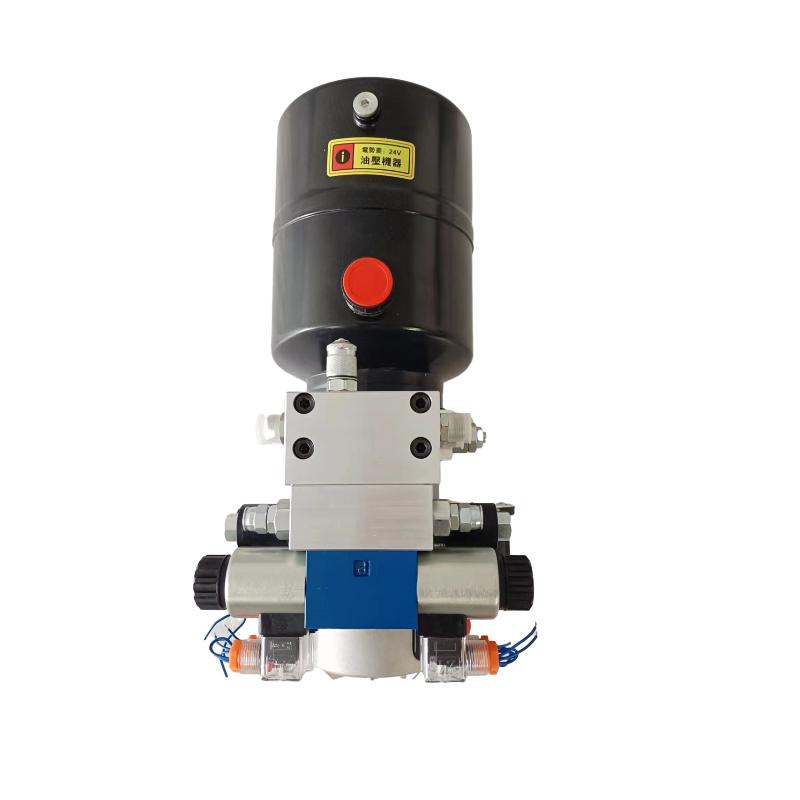Jul . 27, 2024 18:07 Back to list
Steps to Repair and Overhaul a Hydraulic Cylinder for Improved Performance and Longevity
Rebuilding Hydraulic Cylinders A Comprehensive Guide
Hydraulic cylinders are vital components in various machinery, from heavy construction equipment to industrial machinery and even in automotive applications. Over time, these cylinders can wear out or develop leaks, leading to decreased performance and potential equipment failure. Rebuilding hydraulic cylinders is often a cost-effective solution to extend their life and ensure optimal performance. This article explores the process, benefits, and tips for rebuilding hydraulic cylinders.
Understanding Hydraulic Cylinders
Hydraulic cylinders are devices that convert hydraulic energy into mechanical power. They consist of a cylindrical barrel, a piston, and end caps. The hydraulic fluid inside creates pressure that moves the piston, generating force. These components operate under high pressure, making them susceptible to wear and damage over time. Common issues include seal leakage, corrosion, and surface wear.
Why Rebuild Instead of Replace?
Replacing hydraulic cylinders can be expensive, not only due to the cost of the new part itself but also because of the downtime involved in installation. Rebuilding allows for significant cost savings, often at a fraction of the price of a new cylinder. Additionally, rebuilding is more environmentally friendly, as it reduces waste and the carbon footprint associated with manufacturing new parts.
The Rebuilding Process
1. Disassembly The first step in rebuilding a hydraulic cylinder is disassembly. This involves carefully removing the cylinder from the machinery and taking it apart. It is crucial to clean each component thoroughly to assess their condition.
2. Inspection After disassembly, inspect all parts, including the barrel, piston, and seals. Look for wear, scratches, or any signs of damage that could affect performance. A skilled technician can often identify issues that may not be immediately visible.
rebuilding hydraulic cylinder product

3. Replacement of Components Based on the inspection, replace any worn or damaged components. This typically includes seals, O-rings, and bushings. It is essential to use high-quality parts that meet or exceed OEM specifications to ensure durability and performance.
4. Reconditioning For parts that are still in good condition, such as the cylinder barrel, reconditioning may involve polishing the surface to remove scratches and corroded areas. This step is critical for maintaining proper sealing and functionality.
5. Reassembly Once all components are ready, carefully reassemble the hydraulic cylinder, ensuring that all seals are in place and that tolerances are maintained. Attention to detail during reassembly is crucial to prevent future issues.
6. Testing After reassembly, the hydraulic cylinder should undergo thorough testing to ensure it functions correctly under pressure. This step may involve a hydraulic test bench to check for leaks and performance.
Best Practices for Maintenance
To maximize the lifespan of a rebuilt hydraulic cylinder, regular maintenance is vital. Here are a few best practices
- Routine Inspections Regularly check for signs of leaks or wear. Early detection of issues can prevent costly repairs later. - Fluid Quality Use the appropriate hydraulic fluid and keep it clean to minimize contamination and wear on the cylinder. - Operating Conditions Avoid exceeding the recommended operating pressures and temperatures to reduce strain on the cylinder.
Conclusion
Rebuilding hydraulic cylinders is an effective way to maintain machinery and reduce operational costs. With careful inspection, attention to detail, and regular maintenance, rebuilt cylinders can perform efficiently for many years. By understanding the rebuilding process and implementing best practices, operators can ensure their hydraulic systems remain reliable, safe, and efficient. Investing in rebuilding rather than replacing can lead to significant savings and contribute to a more sustainable approach to equipment management.
-
Fork Lift Power Units - Hebei Shenghan | Efficiency, Reliability
NewsJul.13,2025
-
1.5-Ton Turbocharged Cylinder-Hebei Shenghan|Hydraulic Solution,Energy Efficiency
NewsJul.13,2025
-
Auto Hoist Power Units-Hebei Shenghan|Efficiency&Industrial Lifting
NewsJul.13,2025
-
Double Acting Power Units-Hebei Shenghan|Hydraulic Solutions,Industrial Efficiency
NewsJul.13,2025
-
1.5 Ton Lifting Cylinder 70/82-40-290-535 - High-Performance Hydraulic Solution | Hebei Shenghan
NewsJul.13,2025
-
Fork Lift Power Units - Hebei Shenghan | Efficiency&Reliability
NewsJul.13,2025
